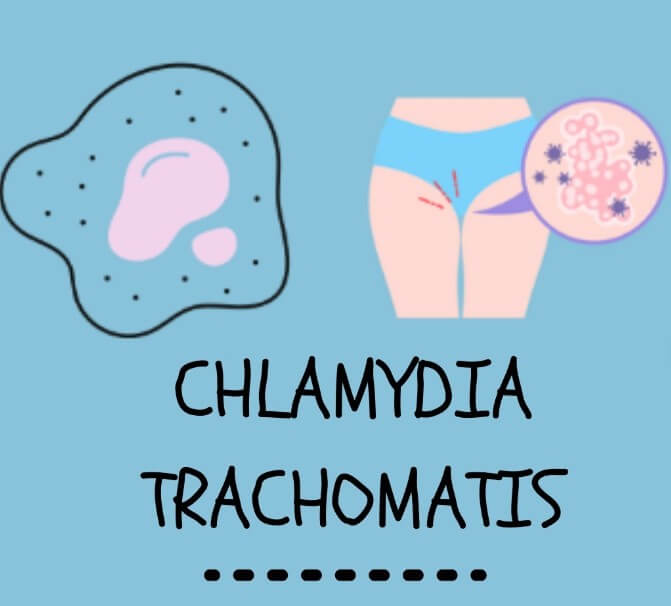Chlamydia Trachomatis is a common sexually transmitted infection that often goes unnoticed due to its mild or nonexistent symptoms. In this blog post, we will discuss Chlamydia Trachomatis, its implications for your health, and the role of medical centers in its diagnosis, treatment, and prevention. Our discussion will cover the following topics:
- Understanding Chlamydia Trachomatis
- Diagnostic and treatment options at medical centers
- The role of university health centers in addressing this issue
- Prevention and community outreach efforts

Understanding Chlamydia Trachomatis
Chlamydia Trachomatis is a bacterial infection that affects both men and women. It is usually transmitted through sexual contact. In many cases, people who have this infection do not experience any symptoms. However, when symptoms occur, they may include pain during urination, unusual discharge, and inflammation. If left untreated, Chlamydia Trachomatis can lead to serious health complications, such as pelvic inflammatory disease (PID) in women and epididymitis in men. These medical conditions can potentially result in infertility or chronic pain.
Diagnostic and Treatment Options at Medical Centers
Medical centers, including physicians’ medical centers and community medical centers, offer various diagnostic and treatment services for Chlamydia Trachomatis. The infection is typically diagnosed through a laboratory test, which can be performed on a urine sample or a swab from the affected area. Once a diagnosis is confirmed, Chlamydia Trachomatis can be effectively treated with antibiotics. Patients usually receive a single dose of azithromycin or a seven-day course of doxycycline. It is crucial to complete the prescribed treatment and abstain from sexual activity during this time to prevent reinfection.
The Role of University Health Centers in Addressing Chlamydia Trachomatis
University health centers, such as university medical clinics and university health services, play a crucial role in addressing Chlamydia Trachomatis infections among students. They provide accessible diagnostic and treatment services, as well as educational resources and preventive measures. Many university health centers offer free or low-cost STI testing, which is an essential preventive measure for sexually active individuals. Regular testing ensures early detection and treatment of Chlamydia Trachomatis and other sexually transmitted infections, thus preventing potential complications and the spread of the infection.
Prevention and Community Outreach Efforts
Prevention is the key to reducing the prevalence of Chlamydia Trachomatis and other sexually transmitted infections. Medical health centers, university health centers, and community health centers engage in outreach efforts to educate the public about the risks and preventive measures associated with STIs. These efforts typically include promoting safe sex practices, such as using condoms consistently and limiting the number of sexual partners. Additionally, health facilities may provide free or low-cost condoms and encourage regular STI screenings for those who are sexually active.
Conclusion
Chlamydia Trachomatis is a common yet often asymptomatic sexually transmitted infection that poses serious health risks if left untreated. Medical centers and university health centers play a vital role in the diagnosis, treatment, and prevention of this infection. By raising awareness, promoting testing and safe sex practices, and providing accessible healthcare services, these health facilities help to reduce the impact of Chlamydia Trachomatis on individuals and communities.
